What Does Ricotta Cheese Taste Like? Uncover This Milky Wonder
Ricotta cheese, with its creamy texture and delicate flavor, has intrigued food lovers for generations.
This Italian dairy delight brings more than just a simple ingredient to the table.
Chefs and home cooks alike appreciate its versatility in both sweet and savory dishes.
Its unique characteristics make it a standout in culinary circles.
The subtle nuances of ricotta's profile can transform ordinary recipes into extraordinary meals.
Regional variations and production methods contribute to its complex taste experience.
Understanding the depth of ricotta's flavor requires more than a casual glance.
Are you ready to uncover the delicious secrets behind this beloved cheese?
What Is Ricotta Cheese?
Ricotta cheese is a soft, creamy Italian cheese made from the whey of cow or sheep milk, loved for its light and smooth texture:
Ricotta’s gentle taste and soft feel make it a favorite for cooks and cheese lovers everywhere.
Flavor of Ricotta Cheese
Ricotta cheese comes from sheep milk and brings a special tangy-sweet taste with a smooth, stretchy feel.
Its soft and light makeup works perfectly for stuffing pasta like ravioli.
People who love cheese will notice fresh ricotta has smooth tiny bits that feel even, while older ricotta might feel bumpy or crunchy.
Ricotta shines in salty meals and offers low-calorie goodness.
Chefs use this cheese in many favorite dishes such as lasagna, baked ziti, cannoli filling, and morning toast.
Italian cooks also mix ricotta into wedding soup made with leftover liquid from cheese making.
Its texture feels damp and slightly rough, with a soft sweet hint that makes people smile.
Types of Ricotta Cheese
Ricotta cheese makers can modify fresh ricotta to help it last much longer.
Salt, heat treatment, smoking, and extra fermentation work as ways to preserve the cheese and change its character.
Salata Style Ricotta
Ricotta Salata stands out as a special cheese with a unique process.
Makers press, salt, dry, and age this dairy delight carefully.
White and solid, it works perfectly when grated or shaved over dishes.
Cheese wheels feature a charming basket-weave design on their surface, adding visual interest to this tasty Italian specialty.
Infornata Style Ricotta
Ricotta infornata emerges from baking fresh ricotta cheese until its surface turns a deep golden brown with subtle charred edges.
Regional chefs in Sardinia and Sicily have perfected this special cheese method, creating a unique dairy delicacy with rich caramelized notes.
Smoked Ricotta
Smoked ricotta carries a unique flavor profile from its careful preparation method.
Wood smoke seals the cheese surface, creating a grey outer layer with deep aromatic notes.
Oak and chestnut woods typically provide the signature smoky essence during the process.
Friuli region cheesemakers add special touches like juniper and herbs to enhance their specific version of this specialty cheese.
Fresh Ricotta Cheese
Ricotta forte carries another name: Ricotta scant.
Cheesemakers craft this special cheese using leftover milk curds from cows, goats, or sheep.
Careful aging happens over twelve months, with workers stirring the cheese batch every couple of days to stop mold growth.
Salt gets mixed into the process as well.
Cheese makers end up with a brown, smooth paste that smells strong and tastes sharp.
Southern Italy's Lecce province produces this unique cheese, which local shops sell in glass containers.
Locals enjoy spreading it on bread slices, mixing it into pasta sauces, and adding it to vegetable dishes.
Cream Cheese vs. Ricotta Cheese
Cream cheese and ricotta cheese are both soft and creamy, but they have some clear differences in taste, texture, and how you use them:
Both cheeses add creaminess to food, but each one brings its own unique taste and feel to your favorite meals.
Ricotta Cheese vs. Feta Cheese
Ricotta cheese and feta cheese are both popular, but they bring different flavors and textures to your meals:
Both cheeses add creaminess and character, but ricotta is mild and light, while feta brings a punchy, salty kick.
Ricotta Cheese vs. Cottage Cheese
Ricotta and cottage cheese are both kitchen staples.
Here’s how they differ in taste, texture, and nutrition.
Things They Share
Milk from cows serves as a key ingredient for making cottage and ricotta cheeses.
Both cheese types come from fresh cheese production, which means they lack the sharp taste found in aged varieties.
Ricotta and cottage cheese share similar qualities: they appear white and have a smooth, delicate texture.
These cheeses contain balanced amounts of phosphorus and potassium.
Packed with important proteins, cottage and ricotta cheeses support muscle development and strength.
Things That Are Different
Cheese lovers often wonder about the differences between ricotta and cottage cheese. Ricotta starts as a whey cheese from Italy, made with whole, part-skimmed, or skimmed milk curds.
Cottage cheese comes from milk or cream curds with a lumpy texture.
Making these cheeses involves different processes.
Cottage cheese separates curds from milk or cream, while ricotta uses whey during production.
Flavor sets these cheeses apart.
Cottage cheese tastes creamy and slightly salty. Ricotta offers a sweeter, smoother creaminess that melts in your mouth.
Nutrition shows interesting contrasts between these cheeses. Cottage cheese contains more:
Ricotta brings its own health benefits.
Sodium levels run lower in ricotta at 76.9%. Protein content stands higher in ricotta compared to cottage cheese.
How to Use and Store Ricotta Cheese
Ricotta cheese brings softness to many dishes. Pasta lovers often reach for this creamy ingredient to make meals more delicious.
Sandwiches and cannoli also benefit from its smooth texture. People who cook appreciate ricotta as a fantastic dairy option for pasta and pizzas.
Specialty stores and online shops sell this cheese easily. Keeping ricotta in cold storage helps maintain its quality.
Most refrigerated ricotta stays fresh for about one week. Cheese quality matters when choosing ricotta.
Snow-white color signals freshness and good condition. Checking container labels helps you understand when the cheese might expire.
Cooks should use ricotta within one week after opening the package. Mold signals that cheese needs immediate disposal.
Home cooks making ricotta should plan carefully since homemade versions last just a few days.
Sharing fresh ricotta with friends makes cooking more enjoyable. Freezing provides another storage method for ricotta.
Six months works as a maximum storage time in freezer conditions. Slow defrosting inside refrigerator helps preserve cheese texture and flavor.

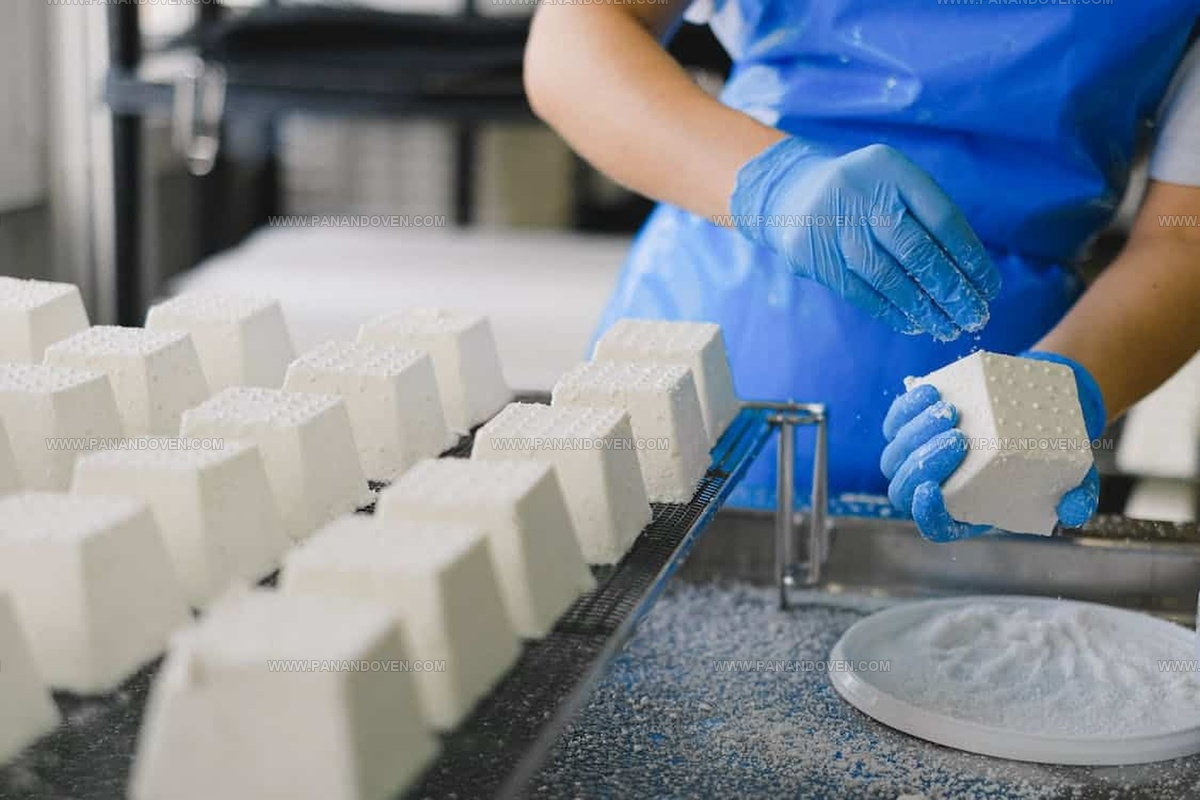
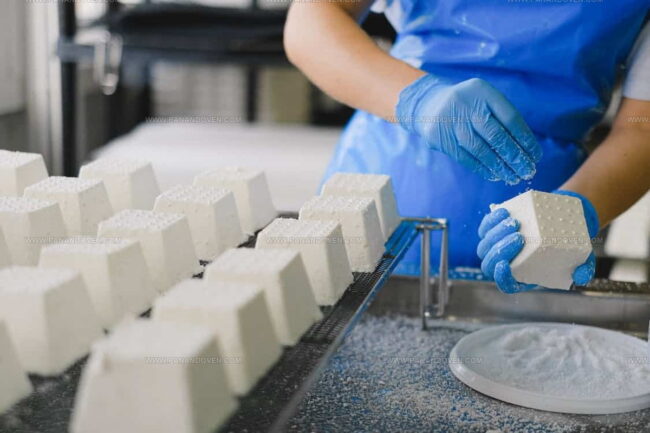
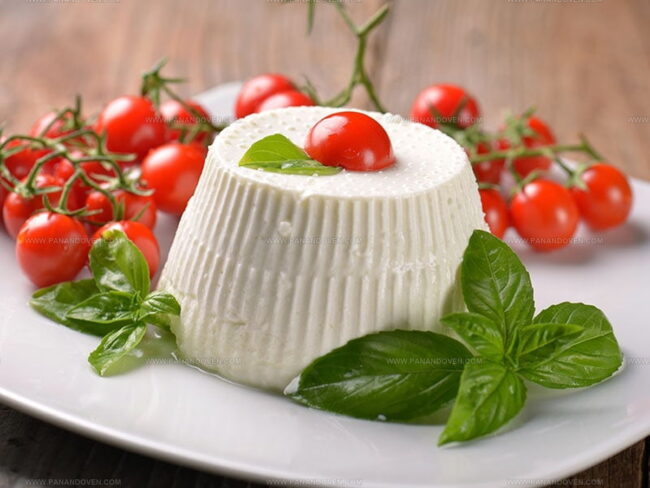
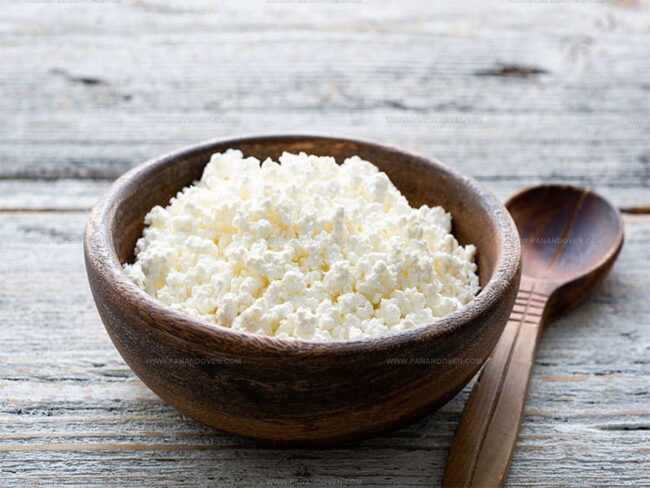
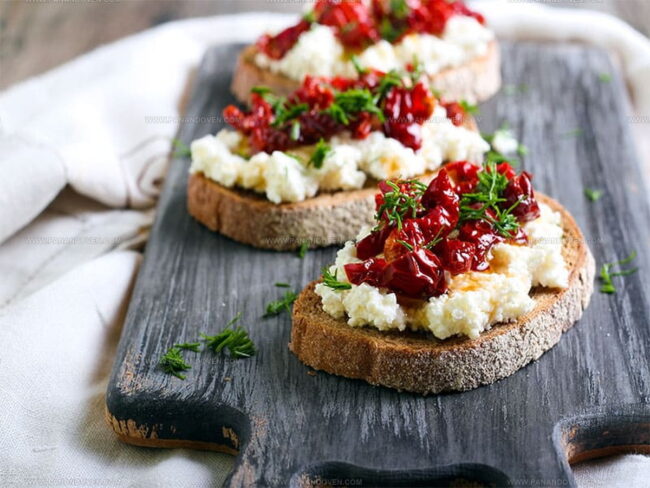
Marcus Reed
Founder & Food Content Creator
Expertise
Single-recipe development, Seasonal and local ingredient utilization, Food photography and styling, Culinary writing and content creation
Education
Culinary Arts Certificate, Blue Ridge Community and Technical College, WV
Focus: Fundamentals of culinary techniques, emphasizing hands-on experience in small-scale kitchen settings.
Marcus’s story begins in Asheville, where good food and family kitchens shaped his earliest memories. After hands-on culinary training and a lot of trial (and a little error), he realized that real cooking isn’t about perfection, it’s about connection.
At Pan and Oven, Marcus crafts recipes that are easy to follow, packed with flavor, and built for real kitchens.